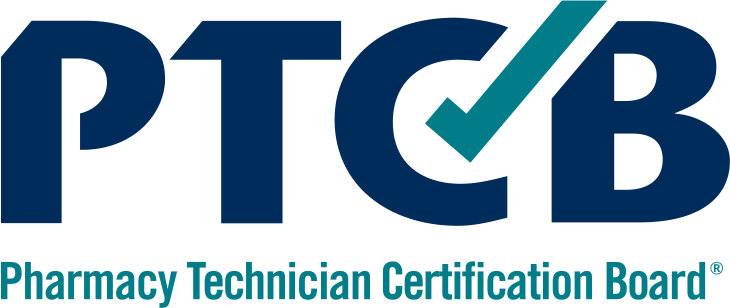WASHINGTON, DC – Saturday, January 31 marked the twentieth anniversary of the founding of the Pharmacy Technician Certification Board (PTCB). PTCB’s nationally accredited Pharmacy Technician Certification and Recertification Program enables technicians to work effectively with pharmacists across all pharmacy practice settings to advance patient care and safety. As the most widely accepted national certification program for pharmacy technicians, PTCB has granted more than 550,000 certifications since its founding in 1995. In 2014 alone, 30,358 candidates earned PTCB Certification.
PTCB acknowledges and commends its founding organizations for their vision and ongoing commitment to a single national standard for certifying pharmacy technicians. PTCB was established 20 years ago by the American Pharmacists Association (APhA), American Society of Health-System Pharmacists (ASHP), Illinois Council of Health-System Pharmacists, and Michigan Pharmacists Association. In 2001, PTCB expanded its Board of Governors to include the National Association of Boards of Pharmacy (NABP).
“PTCB’s 20-year anniversary represents a time to celebrate the invaluable contributions of Certified Pharmacy Technicians (CPhTs) to the pharmacy team,” said PTCB Executive Director & CEO Everett B. McAllister, RPh, MPA. “PTCB applauds the nation’s dedicated CPhTs, often the innovators in the pharmacy who efficiently run operations and optimize pharmacy systems, and thereby advance patient care and safety.”
"A high-quality Certified Pharmacy Technician workforce is essential to optimizing patient medication safety,” said Paul W. Abramowitz, PharmD, ScD (Hon), FASHP, Chair of the PTCB Board of Governors. “PTCB’s twentieth anniversary is a great opportunity to raise Americans’ awareness of the role of and career opportunities for the nation’s many Certified Pharmacy Technicians. In honor of this milestone, PTCB renews our commitment to ensuring PTCB Certification reflects the knowledge required of CPhTs to effectively support today’s pharmacists.”
CPhTs play integral roles supporting pharmacists in all practice settings and carry out a variety of tasks that include entering prescription orders, operating automated dispensing systems, preparing IV admixtures, maintaining inventories, and processing insurance claims. As pharmacists become responsible for more direct patient care in such venues as pharmacy-based immunization programs and retail pharmacy clinics, CPhTs are assuming new and expanded roles in medication safety, immunization assistance, supply chain management, financial assistance, medication therapy management, transitioning patient care, inventory control, and other areas.
PTCB’s achievements during the past 20 years include accreditation by the National Commission for Certifying Agencies in 2006, and transitions to computer-based testing in 2007 and year-round testing in 2009. PTCB established the Pharmacy Technician Employer and Educator Programs in 2012. In 2013, PTCB announced a series of Certification Program changes to advance CPhT qualifications by elevating PTCB’s requirements. PTCB also launched a new streamlined online application process and updated its Pharmacy Technician Certification Examination that year.
Looking ahead, PTCB will continue to advocate one national standard for certification of pharmacy technicians. Establishing a national standard through PTCB is consistent with the approach used by other health professions, including the pharmacist licensure process.
By 2020, PTCB will implement further changes to strengthen its requirements, including requiring each new candidate for certification to complete an ASHP/Accreditation Council for Pharmacy Education-accredited education program. PTCB aims to provide a roadmap for CPhTs wishing to grow in their careers. To that end, PTCB is in the early stages of developing an advanced certification program to empower qualified CPhTs to assume new areas of responsibility.


To obtain information, schedule an interview, or request a comment, contact mediarelations@ptcb.org.